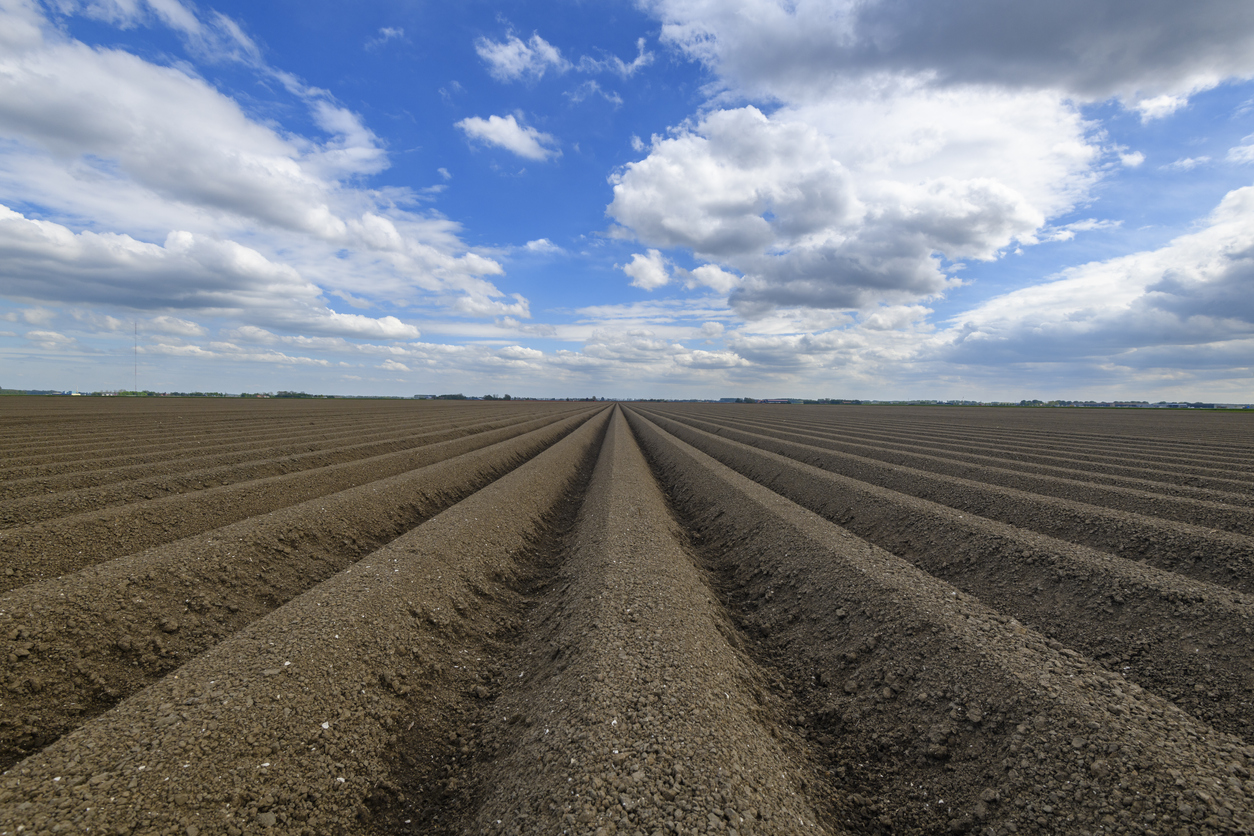Planting Date and Crop Yields
As May approaches, farmers are gearing up for planting season. Every year, weather seems to play havoc with farmer’s desire to get crops planted timely. Early planted crops generally have a yield advantage over late planted crops. Most crop yield is related to moisture at pollination in both corn and soybeans. So, even if crops are planted later than normal, good yields are possible if there is adequate summer moisture. Usually, July rains have a big impact on corn yields, while August rains have more of an impact on soybean yields.
With high crop prices, farmers are eager to start planting. Cold wet spring often delay planting. University of Illinois, Dr. Emerson Nafziger, offers some insights on corn and soybean planting dates and yield. Generally, there is about a 3-week window in Ohio for optimal planting which is between April 20th and May 10th. Planting after May 10th on average results in about a 0.3% yield loss per day corn planting is delayed and by the end of May, this loss increases to 1% per day. However, it seldom pays to plant if the weather and soil conditions are not fit. Mudding crops in can be a disaster if it gets dry. Shallow rooted crops in compacted soils often result in poor crop stands and low yields.
There has always been a debate whether to plant corn or soybeans first? The answer is that both corn and soybeans have a similar planting window. Often corn is planted first, because corn is so sensitive to moisture at pollination. Early planted corn benefits more from June and July rains. Since soybeans are indeterminate in their pollination, soybeans tend to be a little more resilient to dry weather. It still hurts yield, but maybe not quite as much as corn, since soybean bloom over a longer period of time. Ideally, both corn and soybeans should be planted at about the same time to obtain optimal yields. Large farmers may have several rigs planting at the same time to get as many crops planted in this narrow time frame.
While early planting of crops may be optimal, it does not always happen. Yields on late planted crops (End of May to early June) are quite variable. In a dry year, yields can nose dive. However, it’s also quite possible to have average or even above yields if there is adequate moisture. In 2011, only 19% of Ohio’s corn crop had been planted by May 30, but the yields were the same as the five-year average, according to Dr. Peter Thomison, retired OSU Corn Specialist. In 2017, corn and soybeans were planted early but many fields had to be replanted in June because of excess rain that reduced plant stands. Yet, the state had record high yields for both crops that year. Similar conditions have occurred in the least several years (2019, 2021). However, 2020 was a dry year, and crop yields suffered. Dry weather in August 2022 cost most soybean farmer 10-15 bushels per acre but corn yields were good due to July rains.
One reason crops may be yielding more even though planting is delayed could be due to the difference in precipitation. The overall average for Ohio rainfall historically has been about 34-36 inches. Recently, the average is closer to 40-42 inches of rain. The extra rain helps make grain unless it causes flooding and ponding water. Last year, parts of Northwest Ohio received 7-11 inches of July rain and that hurt crop yields. Summer rainfall in moderate amounts is the key to good crop yields for most farmers.
There is one exception. What if your farm can tolerate a 5 to7-inch gully washer? No-till farmers with cover crops have much better soil structure and higher water infiltration rates than conventionally tilled soils. This translated into higher yields when excess rainfall occurs. Plus, no-till and cover cropped fields tend to have higher soil organic matter and higher water storage capacity, so when the weather turns dry, these farm fields can tolerate drier weather. In summary, healthy soils are more resilient to late planting and extreme weather events, either too dry or too wet.
The biggest variability in crop yields occur when crops are planted past the optimal time period. The yield spread increases dramatically the later the planting date with yields ranging from 62-100% of average 5-year yields, according to Dr. Nafzinger. Good crop yields are still possible with adequate moisture and ideal weather. However, dry weather usually spells disaster. The best way to increase crop yields is to have resilient soils by increasing your soil health so that planting delays become less critical.
